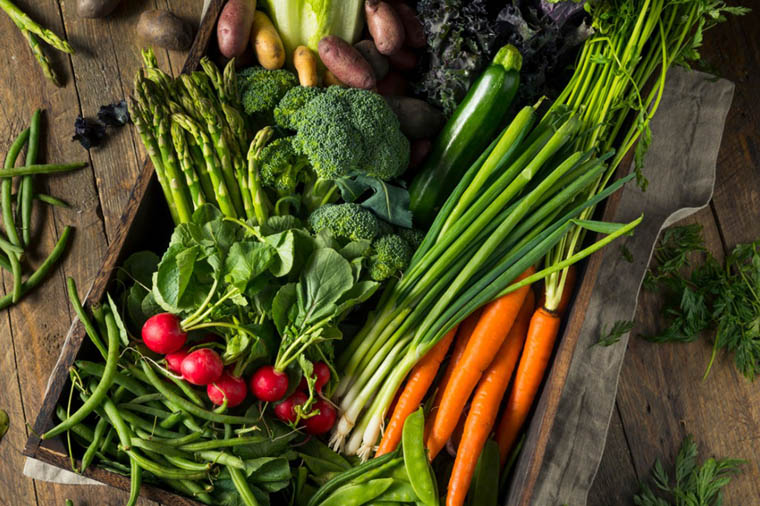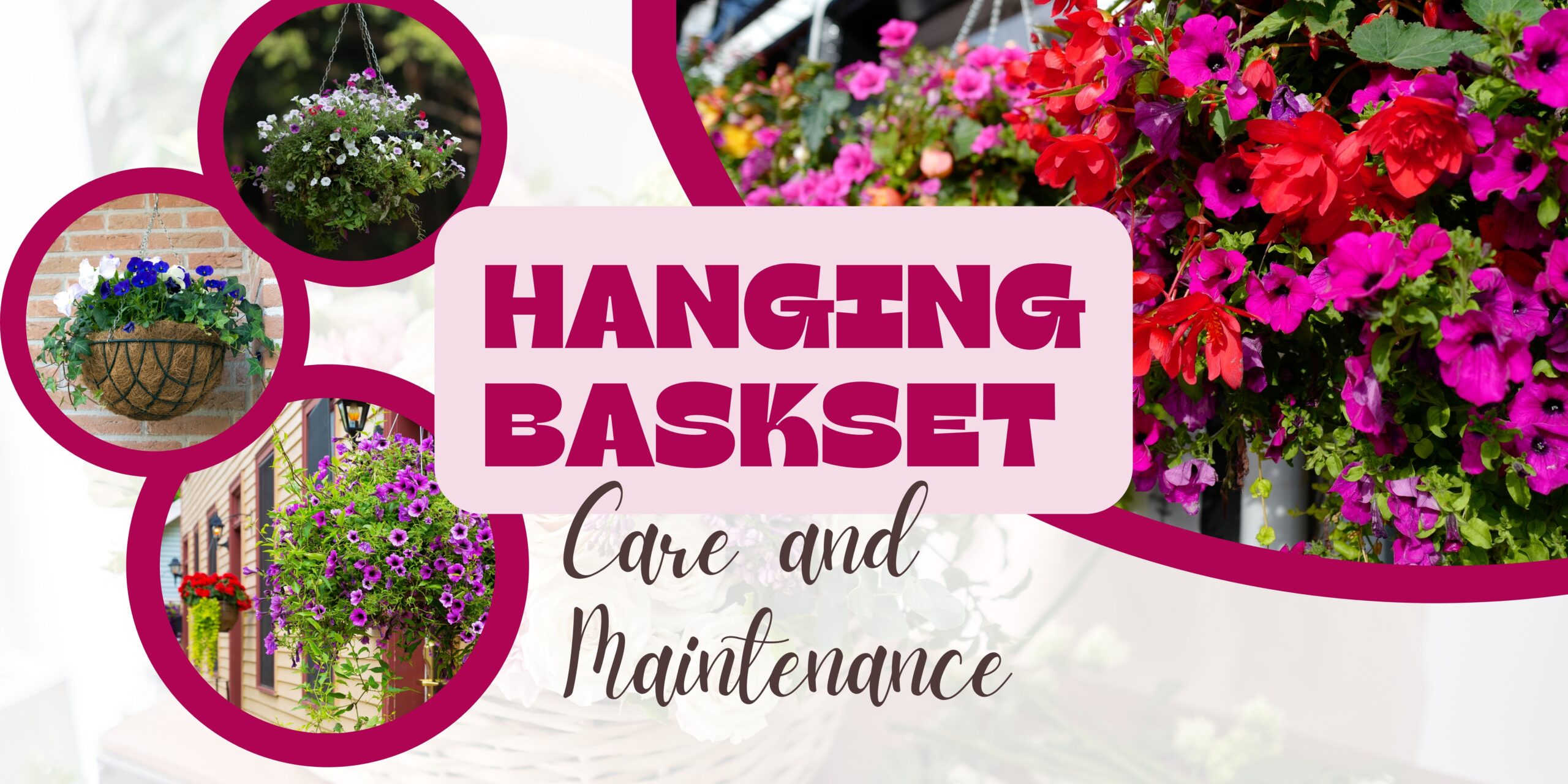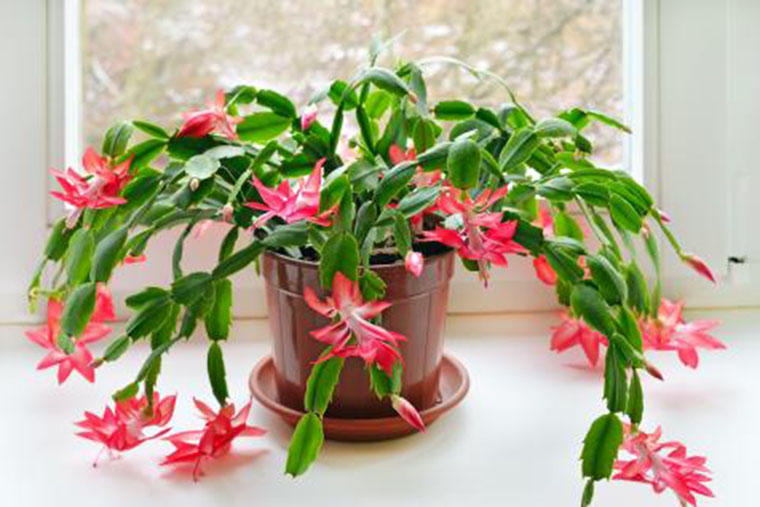5 Things to Do This Month for Your Vegetable Garden
As the weather turns cooler, the busiest part of our vegetable season has come to an end, but there is still much to do before we can hang up our garden gloves for the year. September is a month to wrap up this year’s production but it is also a month to start prepping our beds for the spring!
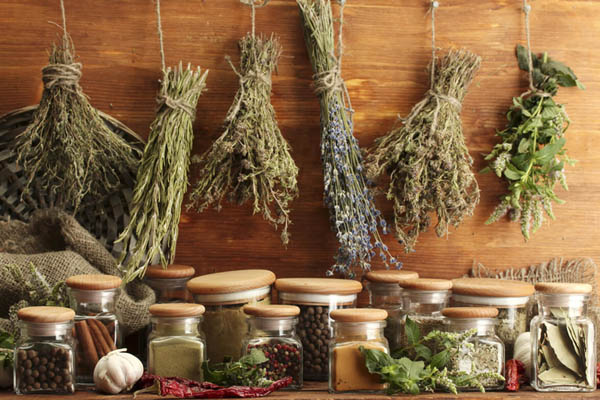
1. Store Your Harvest
By now you likely have a surplus of vegetables sitting around and perhaps you’re wondering what to do with the surplus. Anything that has finished producing or should be harvested before frost should be brought indoors.
Tomatoes
Tomatoes can be brought indoors to finish ripening before the frost hits. Once ripe they will not have a long shelf life and it is best to can them to last through the winter.
Garden Herbs
Garden herbs can be cut back, bundled with twine and hung to dry in a cool dark place with good airflow. Be sure to keep out of direct sunlight. Once completely dry, herbs can be chopped and stored in airtight containers such as mason jars.
Onions, Garlic & Shallots
Onions, garlic and shallots do best when they are allowed to hang dry thoroughly before storing a cool dark place. The stalks can be braided to hang or can be cut off for the bulbs to hang inside netting.
Carrots & Beets
Root vegetables, such as carrots and beets store well when the greens are removed and they are placed in single layers, covered by sand to prevent them from becoming rubbery.
Potatoes
Potatoes can be stored easily in a paper sack or burlap bag. Before storing beside to remove all mud and let the exterior dry completely in the sun before bagging and storing in a cool dry place.
Winter Squash
Winter squash can simply be left in a cool dark place, but be mindful not to leave too long. Pumpkins will not last past mid winter but in the right conditions sometimes butternut and spaghetti squash will last til early spring.
Berries
Berries tend not to store for longer than a few days and do best when canned. However freezing is a quick and simple method to preserve your harvest. Spread washed and dried berries over a parchment lined baking sheet and place in the freezer until thoroughly frozen. Once frozen they can be condensed to large ziplock bags and kept the freezer.
Peas, Beans, Broccoli, Cauliflower, & Brussel Sprouts
Peas, beans, broccoli, cauliflower and brussel sprouts can also use the freezer method for winter storage. However they will need to be lightly blanched first to prevent the freezing process from damaging the cellular structure creating soggy vegetables upon thawing.
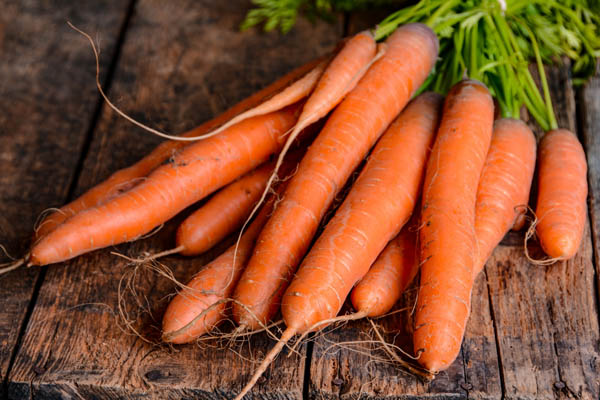
2. Leave the Cold Crops
Some cold hardy crops still continue to produce well into fall and some even taste a little sweeter if they experience a light frost or two. To get the most out of your garden this year consider leaving your cold crops for a few more weeks or until threat of a hard frost.
Spinach & Kale
If they haven’t bolted yet, spinach and kale are cool weather crops and will enjoy the cooler temps.
Broccoli, Cauliflower, Brussel Sprouts & Cabbage
Broccoli, cauliflower and cabbage are all known to be frost tolerant and will actually grow better in the cooler weather.
Carrots, Onions & Turnips
Some root vegetables such as carrots, onions and turnips are quite cold resilient since they are naturally protected by the soil. Carrots are often sweeter if left to endure a couple light frosts.
Parsnips
Parsnips can be left until well into late fall and the longer they are left in the ground the sweeter they become.
Swiss Chard
Swiss chard is another late season vegetable that can continue to grow well into winter.
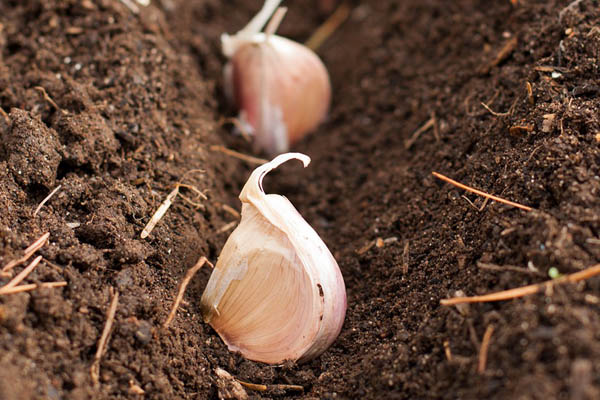
3. Plant Your Bulbs
If you haven’t already, now is the time to plant your fall bulbs. Things like garlic, daffodils and tulips should all be planted in the fall once the ground has cooled and 4-6 weeks before the first hard frost hits.
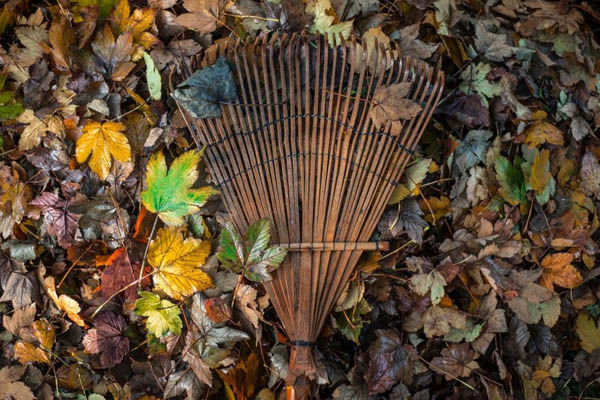
4. Mulch Your Beds
There are many benefits to mulching your beds before the snow comes. Mulching helps to build the soil back up and replace nutrients to keep your beds healthy and productive for years to come. Mulching also invites lots of beneficial insects like earthworms to bed down for the winter, increasing bug activity in the spring. Just one season of good winter mulching can make a noticeable difference in the condition of your soil the following year.
The secret to successful soil building is mulching with diversity in alternating layers of carbon and nitrogen sources. Helpful hint: if its brown its a source of carbon, if its green its a source of nitrogen.
Chop & Drop
Chop and drop is a convenient method to replace nutrients. Once your crops have been harvested the remaining plant matter can be chopped back and dropped over top of the beds to decompose back into the soil. You will want to be mindful of anything that has gone to seed, unless you want to find a few surprises in the spring.
Newspaper
Newspaper is 100 percent biodegradable and earthworms love it. Simply lay down a few layers of newspaper and spray down with water to avoid the wind from blowing it away, then top with a thin layer of soil or compost.
Grass Clippings
Grass clippings are great for a nitrogen boost to your soil. They break down quickly and tend to warm the soil as they do so, which will help in the spring. When using grass clippings as mulch just be sure to keep the layer under 4 inches so the bed does not become oxygen deprived.
Dry Leaves
Dry leaves make a great top layer and, as luck would have it, we have plenty of leaves in the fall. Rather than bagging those autumn leaves, try spreading them over your garden beds. Come spring you’ll have a nice hummus soil great for planting.
In the spring, whatever has not decomposed over the winter can be tilled or forked back into the soil and its ready for planting.

5. Update Your Garden Journal
Once all that is done and you’ve taken a moment to soak it all in, take another moment to make some notes. Now is a good time to review your garden journal and update it with notations on what worked and what didn’t or thoughts on what you might like to try differently next year. Ideally, we would keep up with it throughout the season, but if life got too busy and that didn’t happen, set aside some intentional time to devote to your journal while things are still fresh in your mind. You’ll thank yourself next spring.
 |
| 
